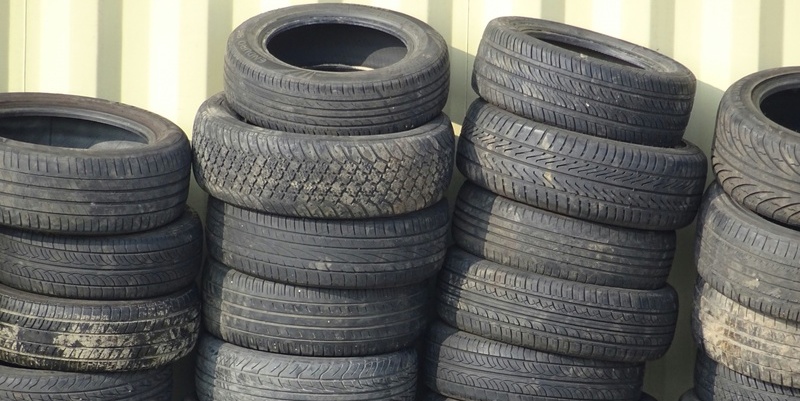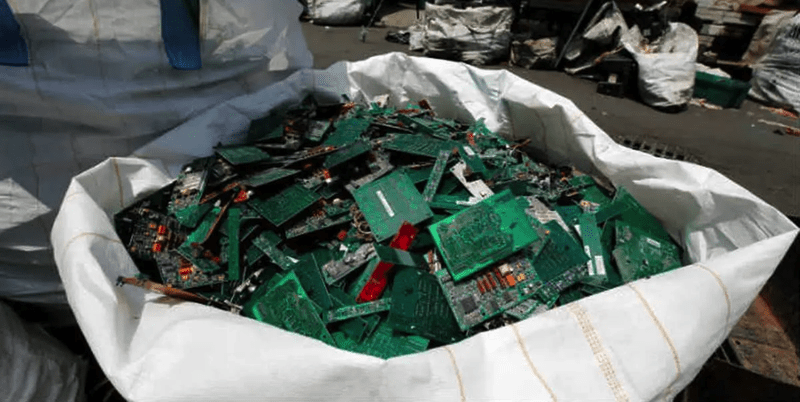Schedule a Call Back
OPC UA: The language of Industry 4.0
 Articles
Articles- Jul 26,24

As we stand on the precipice of the fourth industrial revolution, the significance of seamless, secure, and reliable communication between machines cannot be overstated. Against this background, the Open Platform Communications Unified Architecture (OPC UA) emerges as a critical standard, addressing the challenges and demands of modern industrial automation, said Smitha Rao, Director & Co-founder, Utthunga Technologies Pvt Ltd, while speaking exclusively with SME during the VDMA symposium on "Smart Manufacturing Technologies - Revolutionizing the Future”, which was held on 3 July 2024 in Pune.
OPC and its evolution
OPC, which stands for Open Platform Communications, is an international standard that ensures secure and reliable information exchange between machines and controllers. This initiative began in 1995 when a few forward-thinking companies identified the need for interoperability amidst the proliferation of diverse devices and communication protocols. Initially termed OPC Classic, it utilised Microsoft COM technology to facilitate these exchanges. However, as the industry evolved, so did the standard, leading to the development of OPC Unified Architecture (OPC UA).
She elaborated, “OPC UA extends the capabilities of OPC Classic by being platform-independent, ensuring compatibility across various systems, from sensors without operating systems to data centres and cloud infrastructures. This versatility allows OPC UA to serve as a universal language, enabling different devices and systems to communicate seamlessly, akin to how English serves as a common lingua franca.”
The architecture
The transition from OPC Classic to OPC UA was driven by the need for a more robust, secure, and scalable solution. OPC UA is designed to operate across the entire automation pyramid, from the lowest levels of sensors and PLCs to the highest levels of enterprise systems. It supports a mesh network, facilitating direct communication between devices, thus enhancing flexibility and efficiency.
Key features of OPC UA are:
Global collaboration
The OPC Foundation, a non-profit organisation, oversees the development and promotion of OPC standards. It boasts nearly 1,000 member companies, including players like Emerson, Rockwell Automation, Microsoft, Google, Amazon, and SAP.
Rao informed, “The foundation's collaborative approach has led to the development of domain-specific standards, tailored to the needs of different industries, such as robotics, marine, and even coffee vending machines. This adaptability ensures that OPC UA remains relevant and valuable across diverse applications.”
The Indian landscape
Despite its global prominence, OPC UA's adoption in India is still in its nascent stages. India contributes less than 8 per cent of the global member companies of the OPC Foundation, indicating significant room for growth. According to Smitha Rao, this underrepresentation can be attributed to several factors such as:
Recognising the need to boost OPC UA adoption, initiatives such as the OPC Hub India have been established. Headed by prominent organisations like Siemens and Fraunhofer, this hub aims to raise awareness, provide education, and foster collaboration among Indian companies. Utthunga Technologies, with its deep involvement in OPC for over 15 years, plays a crucial role in this initiative, contributing to specifications and promoting best practices.
Efforts are also underway to engage with national standard bodies to incorporate OPC UA into India's national standards. This integration would ensure a more structured and widespread adoption, driving the country towards a more connected and efficient industrial ecosystem.
Rao added, “For OPC UA to truly thrive in India, a concerted effort from both industry stakeholders and the government is essential. Increasing membership by encouraging more Indian companies to join the OPC Foundation will enhance the country's influence and contribution to global standards. Advocating for government policies and incentives that promote the adoption of international standards like OPC UA is crucial. Additionally, conducting training programs and workshops to educate industry professionals about the benefits and implementation strategies for OPC UA will be the key to its widespread adoption and success in India.”
Smitha Rao, Director & Co-founder, Utthunga Technologies Pvt Ltd
Conducting training programs and workshops to educate industry professionals about the benefits and implementation strategies for OPC UA will be the key to its widespread adoption and success in India.
Related Stories

Rising automation increases need for testing and measurement equipment."
In this interview, Manish Dixit, Sales Director – Instrumentation, ABB India, elaborates on factors contributing to the growth of T&M sector and the company's plans to tap opportunities in the sec..
Read more
Cooper Corp sees big opportunities in aerospace & defence sector: Farrokh Cooper
In this interaction with Rakesh Rao, Farrokh Cooper, CMD of Cooper Corporation Pvt Ltd, highlights challenges and opportunities before the Indian manufacturing sector, and the company's plans to tap..
Read more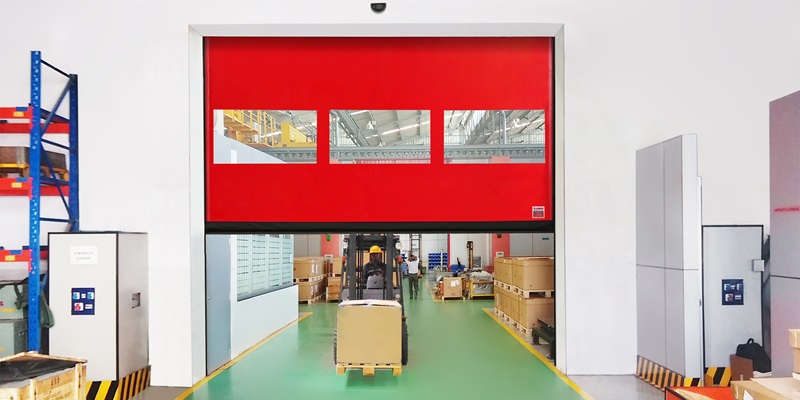
Gandhi Automations: Manufacturing high speed doors
Gandhi Automations Pvt Ltd offers high speed doors that surpass traditional models in durability, quality and material strength.
Read moreRelated Products

Automation Studio Copilot
B&R Industrial Automation offers a wide range of automation studio copilot.
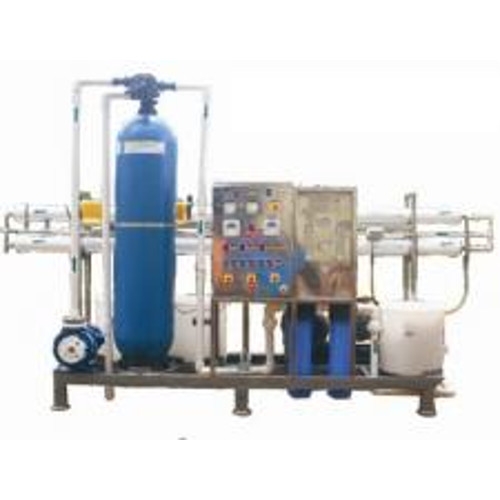
Industrial Desalination System
Shakunth Aqua Products offers a wide range of industrial desalination system. Read more
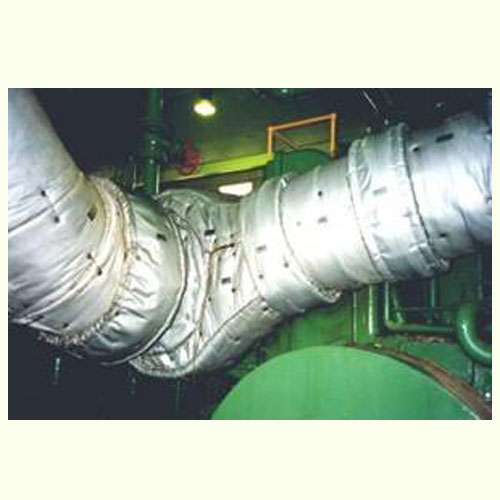
Industrial Castors & Wheels
H M Gulamali offers a wide range of castors and wheels manufactured by Blickle, Germany. Read more





